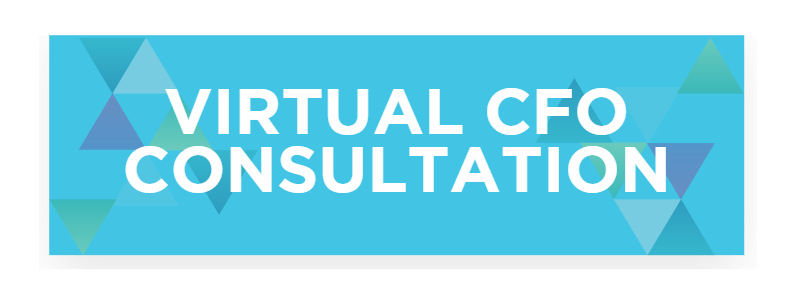The 1980s gave us more than just Back to the Future and personal computers. It was also a pivotal decade for creative businesses thanks to the Economy Recovery Act of 1981 and its included Credit for Increasing Research Activities. Now more commonly referred to as the R&D Tax Credit, many digital agencies wrongly assume that they don’t qualify. Although it was originally designed for a pre-digital era, the R&D Tax Credit encompasses research and development for almost any business that passes the four-part qualification test.
What Is the R&D Tax Credit?
Classified under Title 26, § 41 of the IRS Tax Code, the R&D Tax Credit provides a dollar-for-dollar tax incentive to US companies (or international companies that conduct their research in the US and pay US taxes).
Almost any business has the potential to receive this tax credit. The language in the tax code for the R&D credit is intentionally broad, although strict qualification criteria and exclusions result in a potentially confusing credit for businesses, and especially for digital agencies whose primary product is software related.
Before filing Form 6765, make sure to fully investigate the totality of which expenses could qualify, and whether you have the documentation to prove it. You may even be able to have the credit applied to R&D expenses from the previous few years, magnifying the potential benefit if you’ve missed out on the credit in previous years. 
How Much Is the R&D Tax Credit
According to the IRS, the R&D Tax Credit offers an amount that is “equal to the sum of 20 percent of the excess (if any) of the qualified research expenses for the taxable year, over the base amount, and 20 percent of the basic research payments.” That’s a mouthful, but most companies receive a credit of somewhere between 8 to 14 percent of its qualified research expenses, depending on what they filed for in the past.
Even at 10%, if your company had $100,000 in expenses for a qualified project, you’d see a $10,000 reduction in your tax liability. You can also apply the credit to up to 3 years’ of past qualified research expenses. It certainly won’t make your tax accountant happy, but filing those amended returns could be worth the effort. We’ve even seen one agency receive upwards of $300,000 through multi-year R&D Tax Credits.
What Is the Four-Part Test for the R&D Tax Credit?
The biggest hurdle to getting the R&D Tax Credit is determining whether your research project spending fits within the definition of “qualified research expenses” as laid out in the tax code. As far as the R&D Tax Credit is concerned, qualified research:
• Attempts to create a new or improved business component, like a function, improved performance, reliability, etc.
• Is Technological in nature
• Eliminates an uncertainty of capability or method
• Involves a verified process of experimentation and elimination of alternatives
For example, if your business creates and manages websites for clients, designing a new website would not fit the criteria. But if you research, develop, and then sell new payment processing software that clients can use on the websites you’ve built for them, the many human hours spent in trial and error with new code could qualify for the R&D Tax Credit. In fact, during our time working with creative agencies, we’ve found that many claim their RD tax credits based on the in-house software that they develop to operate their services.
Additional Considerations for Digital Agencies
Besides determining what projects may qualify a company for filing for the R&D Credit, you should put yourself in a better position going forward to easily gather information. That starts with establishing a rigorous documentation strategy. Ensure that your company:
• Has a plan for clearly documenting costs, time tracking, and work details
• Disseminates that plan to all parties, including officers and other managers
• Brings the CTO in on the process early to help navigate technological complexities and determine whether a project’s nature would help qualify for the credit
The R&D Tax Credit is easily understood from a high level, but it’s also delivered via a 14-page document that’s about as intuitive most other US business taxes (e.g., not at all). Be sure to reach out to a qualified tax professional or tax service that can help you complete the necessary documentation, take a look at your past credit availability, and then plan to streamline the application process for future projects.
Summit CPA Group is a distributed virtual CFO firm with a non-traditional approach to accounting. Their amazing team of CPAs and accountants provide professional Virtual CFO Services and 401(k) Audits for companies all over the United States—many of which are remote companies as well. The Summit team fully understands the accounting, bookkeeping, cash flow management, and business tax nuances that come with being distributed, and they love helping clients overcome these challenges through their own experience and expertise.
.png?width=120&height=77&name=Summit-Virtual-CFO_color_rgb%20(1).png)













